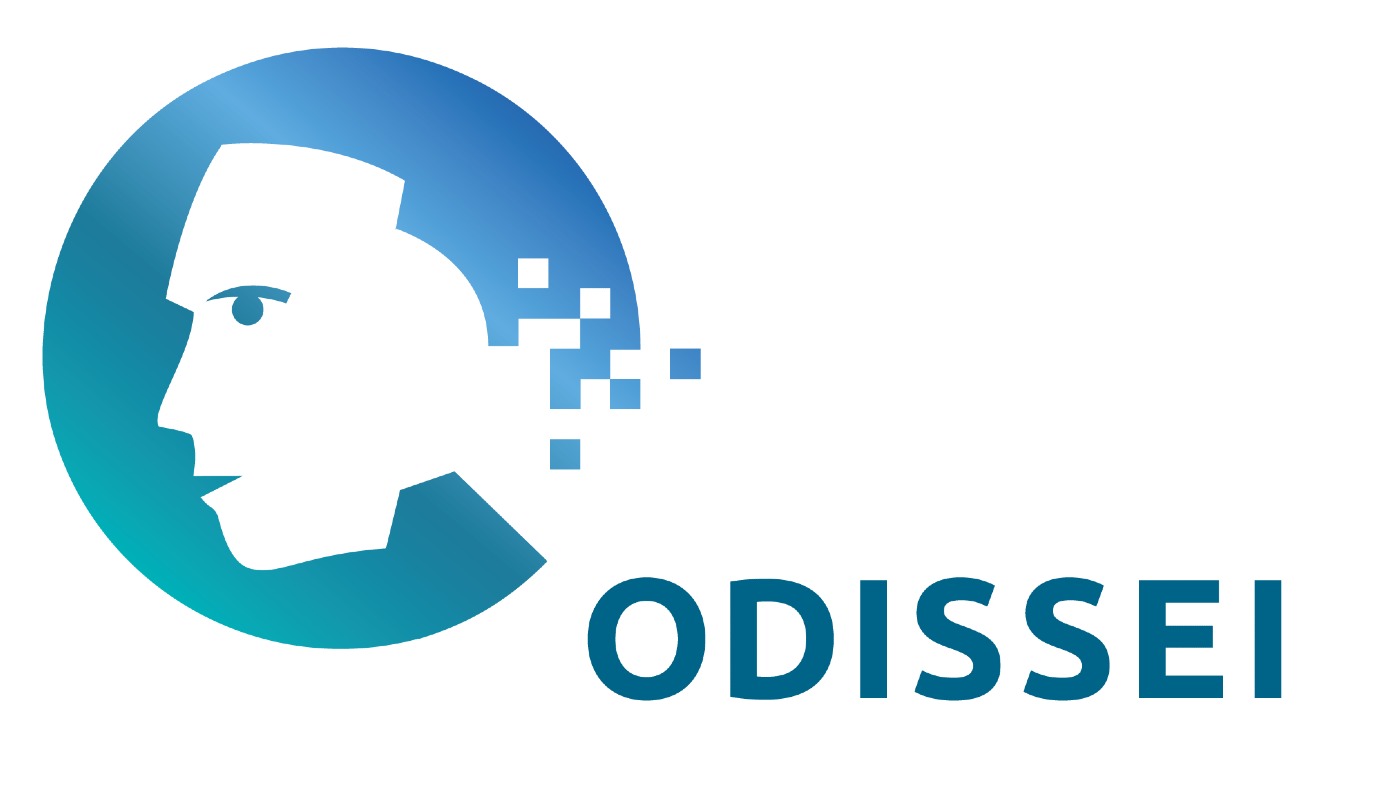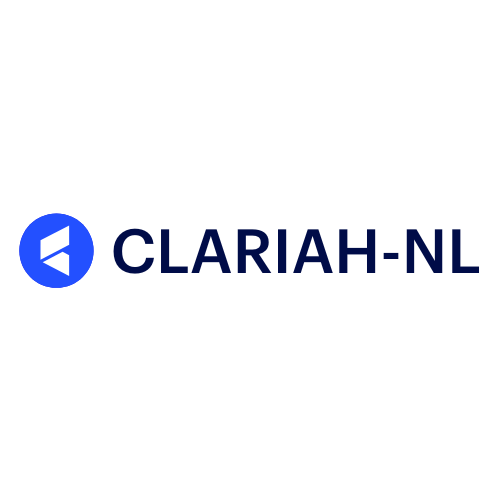Macroscope
How do stories shape the way people see one another and how have these stories changed over time? Why do some communities hold together while others fall apart? And what helps trust flourish—or fade—in an age of constant information?
With an investment of €16.8 million from the Netherlands Organisation for Scientific Research (NWO), a consortium of Dutch institutions from the domain of the social sciences and the humanities will build the Macroscope—the world’s first population-level research infrastructure designed to observe and understand how societies evolve over time.
The Macroscope unites the strengths of ODISSEI (the national infrastructure for social and economic data) and CLARIAH-NL (the national infrastructure for the Arts and the Humanities). Together, they aim to create a living, ethical, and secure observatory of Dutch society—one that captures both its data and its deeply human stories.
The Macroscope will allow researchers to securely link and analyse massive datasets spanning social, cultural, and digital domains across the entire Dutch population. The project unites 14 Dutch universities with leading institutes, including Statistics Netherlands (CBS), Centerdata, SURF, the Netherlands eScience Center, the Instituut voor de Nederlandse Taal, DANS, the National Library (KB), the Netherlands Institute for Sound and Vision (B&G), Instituut voor de Nederlandse Taal (INT) and the KNAW Humanities Cluster.

Designing a new lens
“Just as the microscope revealed the hidden world of cells, the Macroscope will reveal the hidden dynamics of societies,” said Dr. Tom Emery, Principal Investigator and Executive Director of ODISSEI. “It will allow us to trace how ideas, languages, and inequalities flow across communities—safely, ethically, and collaboratively.”
By linking and analysing large-scale, pseudonymized datasets—from surveys and archives to digital traces—the Macroscope will help researchers study how cultural and social change unfold. It will provide tools to explore how trust forms between neighbours, how misinformation ripples through conversations, or how collective memories are shaped by language, art, and media.
The Macroscope is composed of four interconnected elements:
-
Secure data vaults, where sensitive information is stored and protected;
-
Unified data sources, combining surveys, archives, and digital records;
-
AI tools, developed and evaluated to assist research;
-
A public access portal, enabling both scholars and citizens to engage with findings.

“The Macroscope is an extraordinary meeting point between the social sciences and the humanities,” said Prof. Susan Aasman (University of Groningen), Co-Principal Investigator and Chair of CLARIAH-NL. “It allows us to zoom in and out—to see how our language, culture, and institutions shift over time, and how people’s everyday choices shape those transformations.”
By 2030, the Macroscope will serve as a common good for the Dutch research community—a bridge across disciplines, from sociology and linguistics to data science, media studies, and history.
Example of research in the Humanities
Within the field of Arts and Humanities, the Macroscope will offer many opportunities to track complex historical, social and cultural questions. Integrating the vast and dynamic array of media in all its forms and formats into a unified Netherlands Media Corpus is central to the Macroscope. This corpus includes a wide range of multimodal data types: some are archived, maintained, and made available by research and heritage institutions, while others are non-curated and, if at all, only partially accessible through online sources. The data spans text, audiovisual and born-digital formats, each governed by technical, ethical, and legal constraints. Managing this diversity necessitates complex workflows with advanced dynamic capture capabilities.
To support researchers in access to data and advanced technology for data enrichment and analysis, Macroscope’s AI Collaboratory develops AI tools, including topic modelling, opinion mining and fine-tuned LLM’s to execute diachronic corpus analysis. However, Macroscopic does not only depend on generic solutions, but also on detailed and specific results based on individual datasets. Therefore, a custom-made, individually adjustable annotation platform remains necessary, in addition to standardised tools and workflows, especially in the SSH domain with its wide range of approaches and research questions.
For researchers like Nathalie Fridzema at the University of Groningen, who studies the early history of the web, combining various data sources and applying AI tools is particularly significant.
“Studying contemporary media involves navigating transmedial events in various overlapping databases, media types, search systems, and levels of accessibility. Much of my time is spent orienting myself among the available resources and making connections, but I inevitably overlook crucial links within the current heritage landscape. The Macroscope helps me to manage this complexity.”


Contact: Prof. Susan Aasman, Co-PI & Chair CLARIAH-NL
